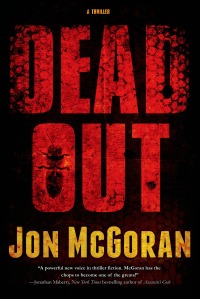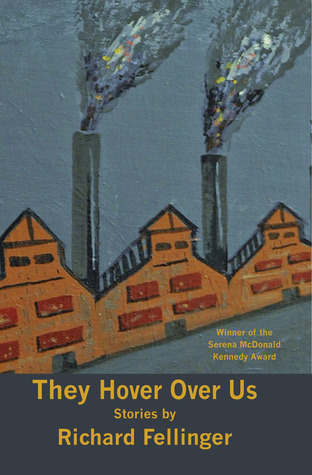 I’ve got a weird obsession with cards.
I’ve got a weird obsession with cards.
A while back, for reasons I can’t fully explain, I became fascinated with card sleights and began seeking out magicians and card mechanics who could show them to me.
I’m not talking about one of those ponderous, drawn-out, self-working card tricks your 12-year-old nephew tries to show you at family gatherings. I’m talking about someone who can swiftly, elegantly and invisibly shift cards around. Who can draw one card that magically turns into another in his hand. If you’ve never seen that kind of effect performed up-close by someone who really know what he’s doing, it’s hard to describe just how mind-blowing it can be.
The reason, I think, is because we tend to think of cards as inherently random. “It’s all in the draw of the cards.” You play the hand you’re dealt.” The idea of someone being able to manipulate them feeds into a primal fantasy of telekinetically directing the roulette ball’s trajectory, or the fall of the dice. Of controlling the very principle of randomness.
So I guess it was inevitable that I was gonna like the horror novel “Play Dead,” by Michael Arnzen, which is all about cards and that fantasy of controlling fate.
The story concerns a professional poker player named Johnny Frieze, who loses everything at the beginning of the book. He ends up in a Las Vegas homeless shelter. This being Vegas, many residents of the shelter owe their destitution to gambling.
But Johnny gets word of a high-stakes contest that could reverse his losing streak. Turns out there’s a mogul recruiting gamblers from the shelter to take part in a game called “Butcher Boy.” Here’s the catch. Players have to make their own decks — out of Polaroid photos of their murder victims.
I don’t even want to offer any hints as to what the rich puppetmaster’s motivation is, other than to say it’s very clever. “Play Dead” also incorporates one of my favorite narrative approaches to horror, in that it keeps you guessing as to whether something supernatural is really going on, or whether major characters just happen to be bugfuck insane.
The story unfolds as a tense, chilling and queasily hilarious exploration of obsession, addiction, gambling, chance, fate, and the kind of my-dick-is-bigger-than-your-dick dynamics that crop up whenever men compete in any endeavor. Arnzen manages the difficult trick of letting the horror and humor serve as counterpoints, with neither detracting from the other.
It’s a good book for the horror fan who’s getting a bit too jaded, and wants to read something new. It doesn’t easily fit into any subgenre of horror that I’ve ever encountered. No werewolves, vampires, ghosts or zombies here. Doesn’t even really fit the psycho killer mold either.
I don’t want to give the false impression that “Play Dead” is some kind of anti-gambling screed. Still, Arnzen seems to understand that the very existence of a multimillion-dollar gambling industry — one that owes its profitability to vast numbers of people voluntarily offering themselves up as de facto human sacrifices — is eerie enough without throwing any vampires or zombies into the mix.





